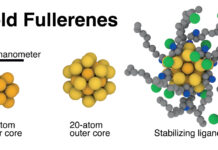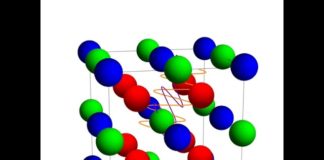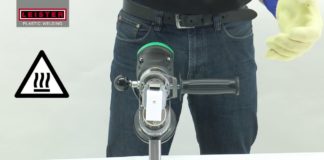Tag: Advanced Materials
Bending light around tight corners
Engineers at Duke University have demonstrated a device that can direct photons of light around sharp corners with virtually no losses due to backscattering,...
“Lazarus Superconductivity” Observed in uranium ditelluride
Researchers from the University of Maryland, the National Institute of Standards and Technology (NIST), the National High Magnetic Field Laboratory (National MagLab) and the...
Topological behavior of electrons in 3-D magnetic material
An international team of researchers led by scientists at Princeton University has found that a magnetic material at room temperature enables electrons to behave...
Organic material for lithium battery anode
At JST Strategic Basic Research Programs, the research group led by associate professor Yuya Oaki and graduate student (at the time) Hiromichi Numazawa of...
Leister® Fusion 3C Hand Extruder | Interstate Plastics
The Fusion 3C hand extruder by Leister® is both clever and smart: Despite its simple and symmetrical construction, the Fusion 3C hand extruder achieves...
3D Systems Breakthrough Material to Enable Digital Production of Plastic Parts
3D Systems (NYSE:DDD) unveiled Figure 4 Production Black 10 (PRO-BLK 10) - a revolutionary production material for additive manufacturing applications that enables manufacturers to...
Graphene flickers at 400Hz in 2500ppi displays
With virtual reality (VR) sizzling in every electronic fair, there is a need for displays with higher resolution, frame rates and power efficiency. Now,...
A new type of transistor sending electrons through narrow air gaps
The secret ingredient for the next generation of more powerful electronics could be air, according to new research.
Researchers at RMIT University have engineered a...
Platinum-Graphene Atomically-thin Fuel Cell Catalysts
Films of platinum only two atoms thick supported by graphene could enable fuel cell catalysts with unprecedented catalytic activity and longevity, according to a...
Holy Grail of Room Temperature Quantum Computing Chips
To process information, photons must interact. However, these tiny packets of light want nothing to do with each other, each passing by without altering...























